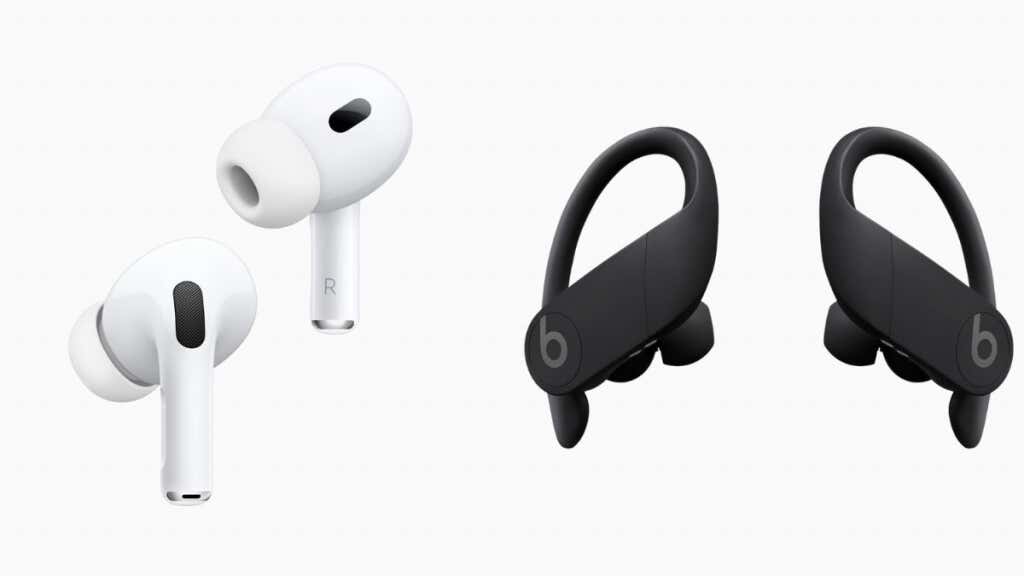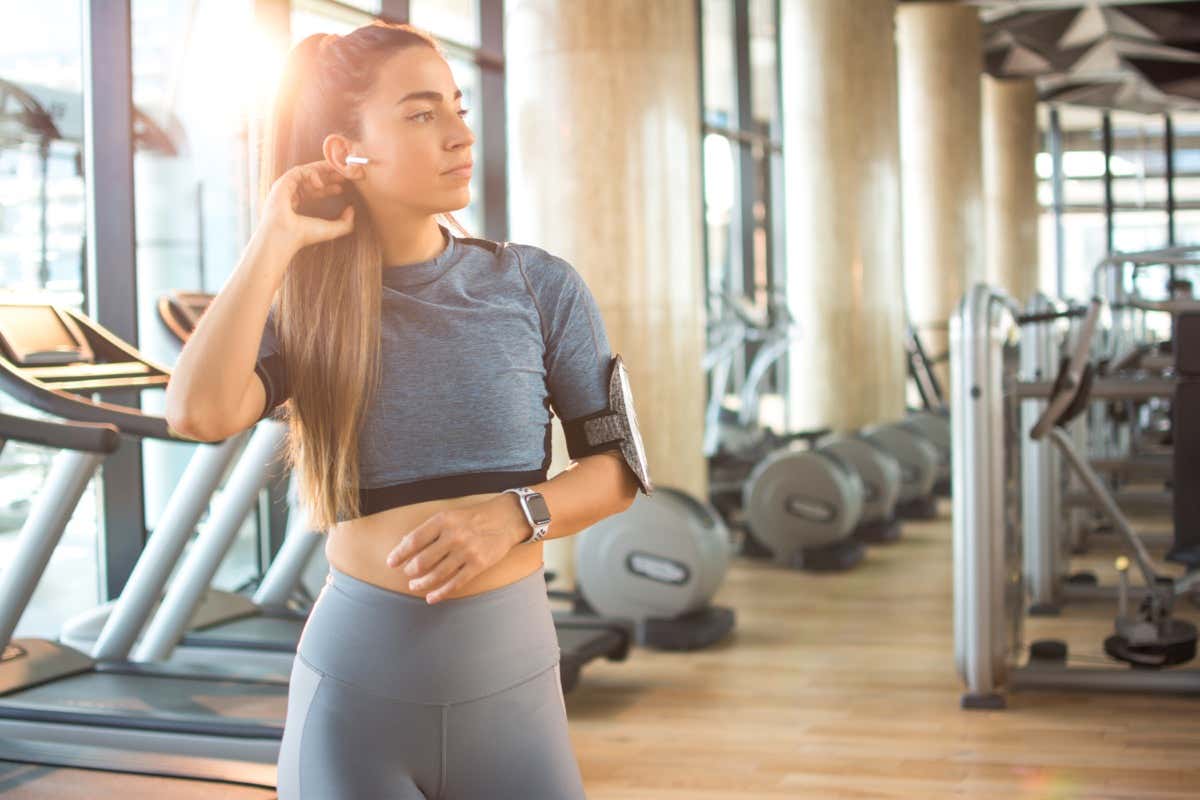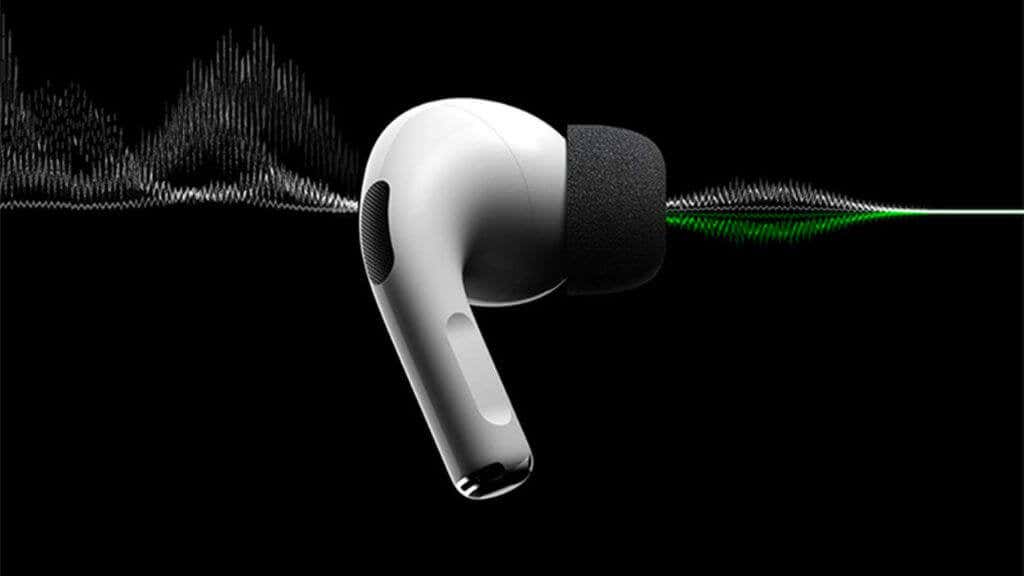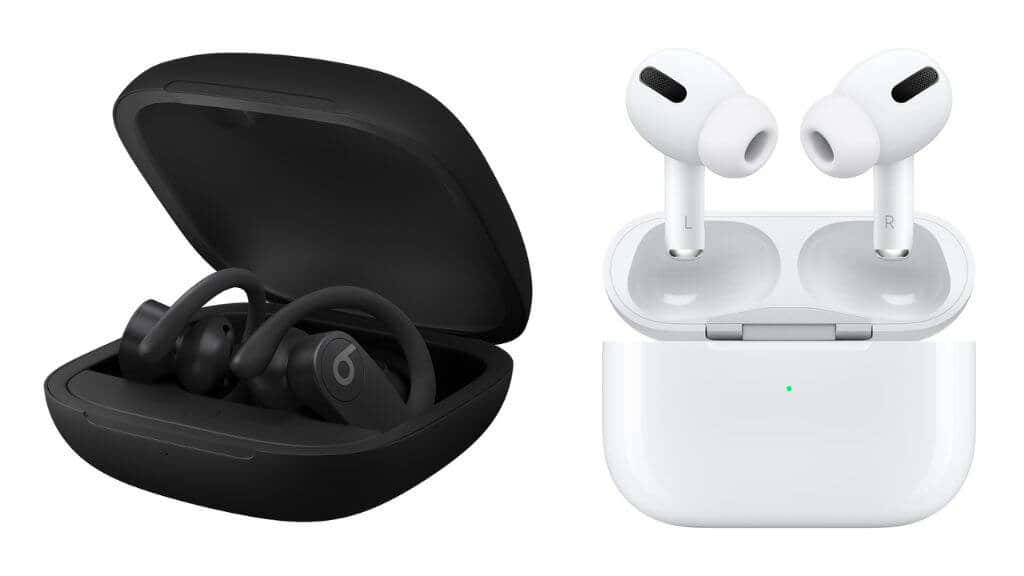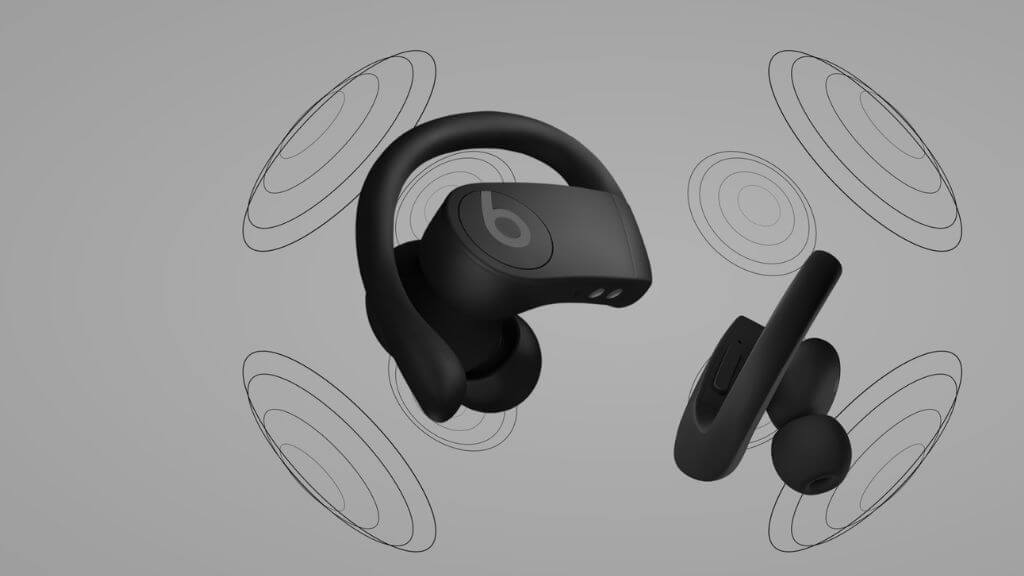Apple’s AirPods Pro and Beats Powerbeats Pro are two of the most popular options on the market. Both products are part of the Apple ecosystem and share some commonalities, but they also have distinct features that make them suitable for different types of users.
Apple’s AirPods Pro and Beats Powerbeats Pro carry the “pro” moniker, which nowadays simply signifies the best a particular company offers. In this case, the term “pro” speaks to the premium nature of these two products within the Apple family. Let’s look at how these sibling products compare.
Design and Comfort
Regarding design and comfort, the AirPods Pro and Powerbeats Pro have distinctive looks and fits. The AirPods Pro comes with three different-sized ear tips, an improvement from the original AirPods, notorious for a poor fit. Including these tips allows for a much more versatile fit, solving the fit and isolation problems plaguing the original AirPods.
The Powerbeats Pro, on the other hand, also comes with three different-sized ear tips, but they also have an ear hook design. This additional feature gives the Powerbeats Pro an edge in how they fit. Even if the earbuds’ nozzle falls out of your ear, the ear hook ensures they stay in place. This is a significant advantage for those who have experienced the frustration of dropping a single true wireless earbud on the street.
Workout Suitability
The AirPods Pro and Powerbeats Pro are suitable for use during workouts, but they each have strengths and weaknesses. The Powerbeats Pro, with its ear hook design and full playback controls, including volume adjustments, is particularly well-suited for vigorous exercise. The ear hook distributes the earbuds’ weight evenly over the ear, and should an earbud fall out (a less likely event), it’s much easier to locate thanks to the larger size of the Powerbeats Pro.
While the Powerbeats Pro seems designed with the gym-goer in mind, the AirPods Pro can hold its own in a workout setting. They share the same IPX4 water resistance rating as the Powerbeats Pro and do a decent job of staying put in the ears. However, the lack of volume control on the AirPods Pro (unless you use Siri or on the AirPod Pro 2 or later, a finicky swiping gesture) may require reaching for your phone more often, which can be inconvenient during a workout.
However, it’s important to note that while an IPX4 rating means these earbuds can handle sweat or a bit of drizzle, they are not designed to be submerged in water. So, if you’re considering taking a dip in the pool or getting caught in heavy rain, keeping the AirPods Pro and Powerbeats Pro safely tucked away is best.
Features
Regarding features, both earphones have their unique selling points. Yet for us, the AirPods Pro takes the cake in offering a more comprehensive feature set overall.
The AirPods Pro introduces active noise cancellation (ANC) technology, a major step up from the previous generation. This feature works by using an outward-facing microphone to detect external sounds, which the earbuds then counter with anti-noise to cancel out. As a result, listeners are left in their own world of music, podcasts, or phone calls, free from intrusive background noise.
But what if you need to be aware of your surroundings? Say you’re jogging in a park or waiting for a subway announcement? This is where AirPods Pro’s Transparency mode comes in handy. This feature allows ambient noise to pass through, enabling you to hear what’s happening around you while still enjoying your audio. The transition between ANC and Transparency mode is seamless, thanks to the pressure-equalizing vent system that combats the feeling of ‘ear suction’ often associated with noise-isolating earbuds.
The AirPods Pro and PowerBeats Pro both boast a Spatial Audio feature, designed to provide a theater-like sound experience. Compatible with content mixed in 5.1 and 7.1 surround sound, as well as Dolby Atmos, this feature uses the gyroscope and accelerometers within the buds to map the position of the earbuds relative to your iOS device, providing an immersive, directional audio experience.
Connection and Bluetooth Codecs
Both the AirPods Pro and Powerbeats Pro use the Apple H1 chip, which helps provide a stable, low latency connection for Apple devices like an iPhone or iPad. This chip works with Bluetooth 5.0, reducing the annoyance of constant skipping and stutters that can sometimes plague true wireless earbuds.
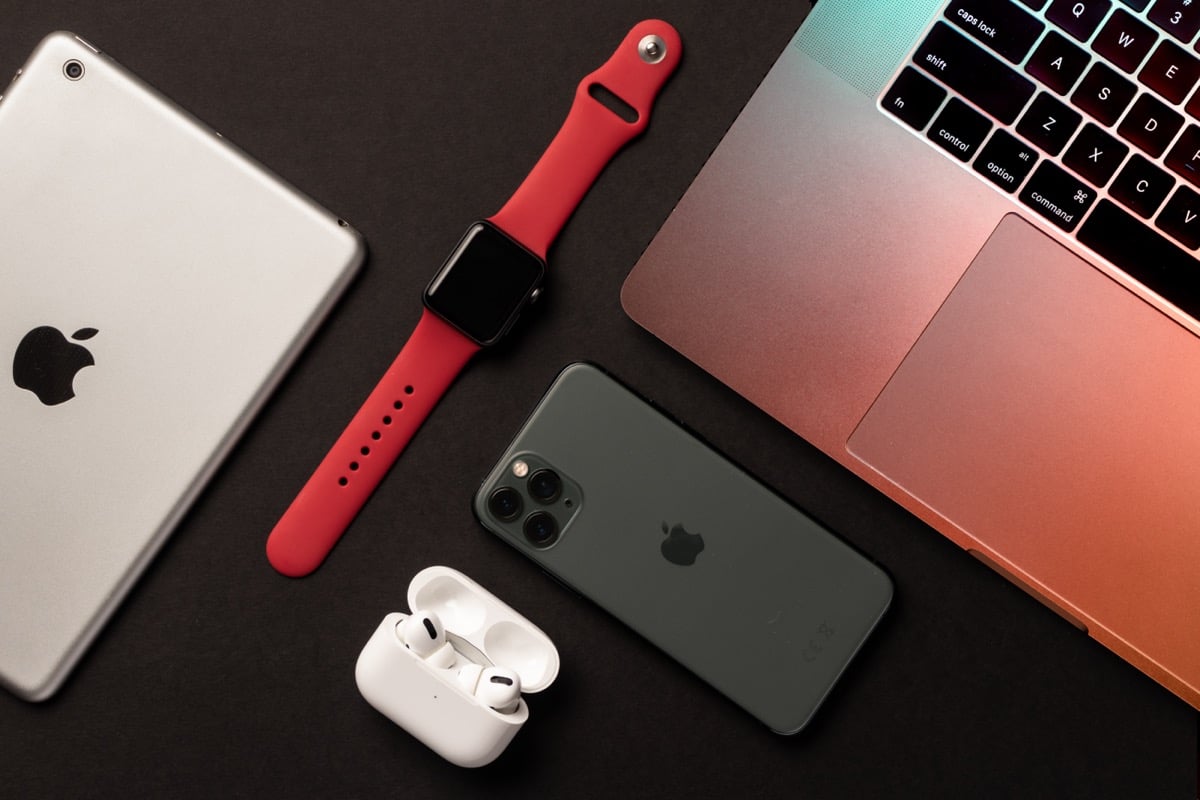
Pairing is also made simple with the H1 chip; all you have to do is hit the “Connect” button that pops up on your iOS device. This will automatically pair them with all the devices on your iCloud. For Android users, you’ll need to go through the Bluetooth settings, and you may experience a few more stutters, but these are relatively rare.
Regarding Bluetooth codecs, both the AirPods Pro and Powerbeats Pro use AAC. While this works seamlessly with iOS devices, it’s worth noting that this codec only sometimes works well with Android devices.
Battery Life
When it comes to battery life, the Powerbeats Pro shines. They offer up to 9 hours of listening time on a single charge, compared to the AirPods Pro’s 4.5 hours. This is likely because the Powerbeats Pro does not utilize the power-hungry ANC feature that the AirPods Pro does.
Both earbuds come with true wireless charging cases that use a Lightning adapter and can quickly charge the earbuds. The Powerbeats Pro case provides 90 minutes of playtime after five minutes of charging, slightly longer than the AirPods Pro case, which yields 60 minutes of playtime after five minutes. However, only the AirPods Pro case supports wireless charging and an (optional for older AirPod Pro generations) MagSafe connection.
Sound Quality
If you’re an audiophile on a quest for the absolute pinnacle of sound reproduction, look elsewhere; these earbuds will only replace studio headphones sometime soon. However, within the truly wireless earphones category, the AirPods Pro and the Powerbeats Pro offer more than satisfactory sound for most listeners’ everyday needs.
With the AirPods Pro, Apple addresses a significant complaint from previous generations – the lack of a secure seal. Thanks to the introduction of silicone ear tips in three different sizes, the AirPods Pro ensures a snug fit in the ear canal, leading to improved noise isolation and, consequently, superior audio quality. The earbuds also take advantage of Apple’s Adaptive EQ technology, which automatically tunes the low and mid frequencies of the music to the shape of an individual’s ear, resulting in a rich, immersive listening experience.
On the other hand, the Powerbeats Pro appeals to a different type of listener. Engineered with workouts in mind, these earbuds emphasize low-end frequencies to deliver a bass-heavy sound that can help motivate you during intense exercise sessions. The mids could be more relaxed, which means vocals and other instruments may take a backseat during bass-forward tracks. This characteristic isn’t ideal for a balanced listening experience, but it could be exactly what you need to keep the adrenaline pumping during your workout.
As we mentioned before, because both earbuds utilize the AAC codec for Bluetooth transmission, Android users might find this codec plays less nicely than others, so the sound quality might be slightly compromised for them.
The AirPods Pro offers an overall balanced sound profile, focusing on creating a secure seal for better noise isolation, while the Powerbeats Pro prioritizes a powerful bass response designed to energize your workouts. Your preference would depend largely on your listening habits and the contexts in which you most often use your earbuds.
Phone Call and Siri Integration
Both the AirPods Pro and Powerbeats Pro integrate seamlessly with Siri, allowing for easy voice command functionality. This is particularly handy for tasks like adjusting the volume on the AirPods Pro during a workout.
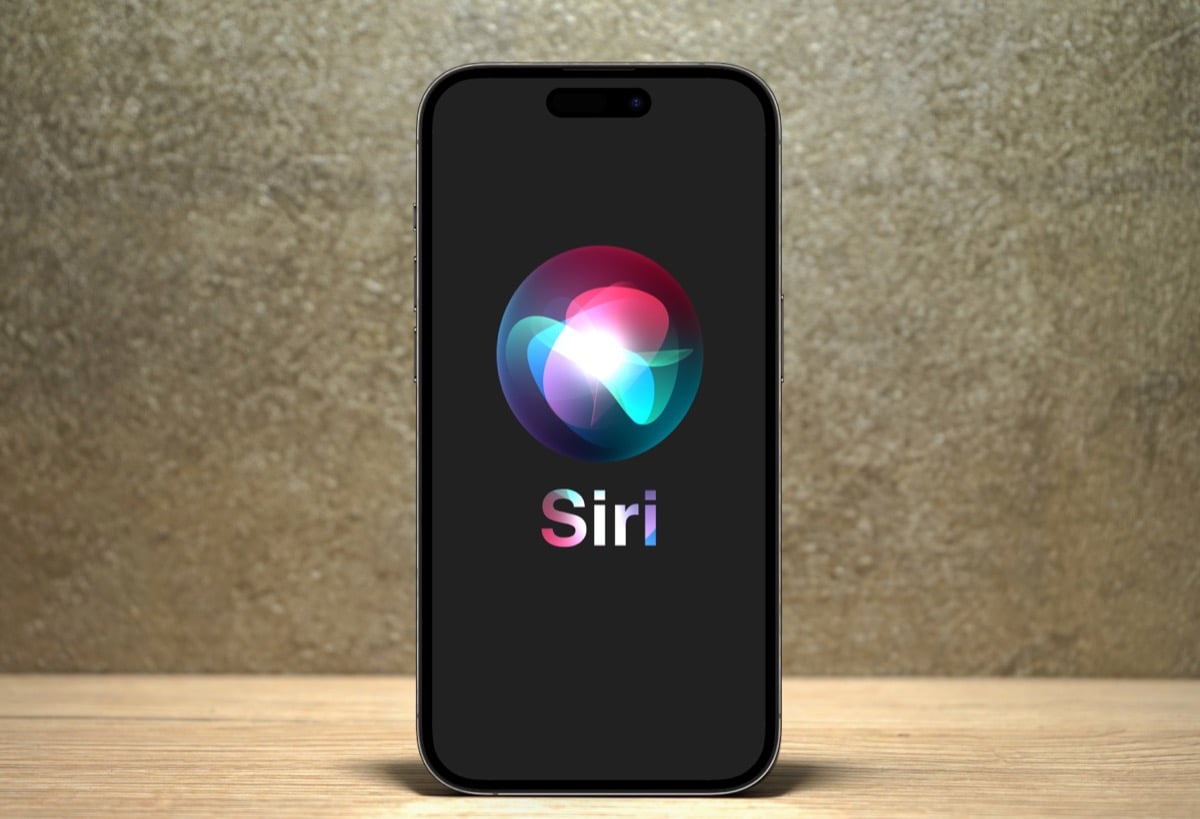
Regarding phone call quality, both sets of earbuds perform well with clear audio output and decent noise cancellation. However, some users have reported that the AirPods Pro provides a slightly better call quality than the Powerbeats Pro, but this is mainly subjective and subject to the specific circumstances of a given call.
Final Thoughts
The choice between the AirPods Pro and Powerbeats Pro will largely come down to personal preference and intended use. If you’re looking for earbuds with a secure fit and long battery life for workouts, the Powerbeats Pro is likely the better choice. However, if advanced features like active noise cancellation are important to you or prefer a smaller, more discreet design, then the AirPods Pro will be a better fit.
Regardless of your choice, the AirPods Pro and Powerbeats Pro offer high-quality audio, seamless integration with the Apple ecosystem, and reliable performance, making them great choices for any Apple user looking for a pair of true wireless earbuds.
